The United Nations World Food Program said the situation in the government blockaded region is extremely serious, and fears are many will starve to death if relief doesn’t come soon. Ethiopia’s government has been wary of allowing aid to fall into the hands of the Tigray forces who once dominated the national government and have been battling the current government. As reported by the AP:
The U.N. said no aid convoy has entered the Tigray region of some 6 million people since mid-December, leaving almost no food in the entire region
NAIROBI, Kenya (AP) — More than a third of the people in Ethiopia’s embattled Tigray region “are suffering an extreme lack of food,” the United Nations World Food Program said in a new assessment of a region under a months-long government blockade.
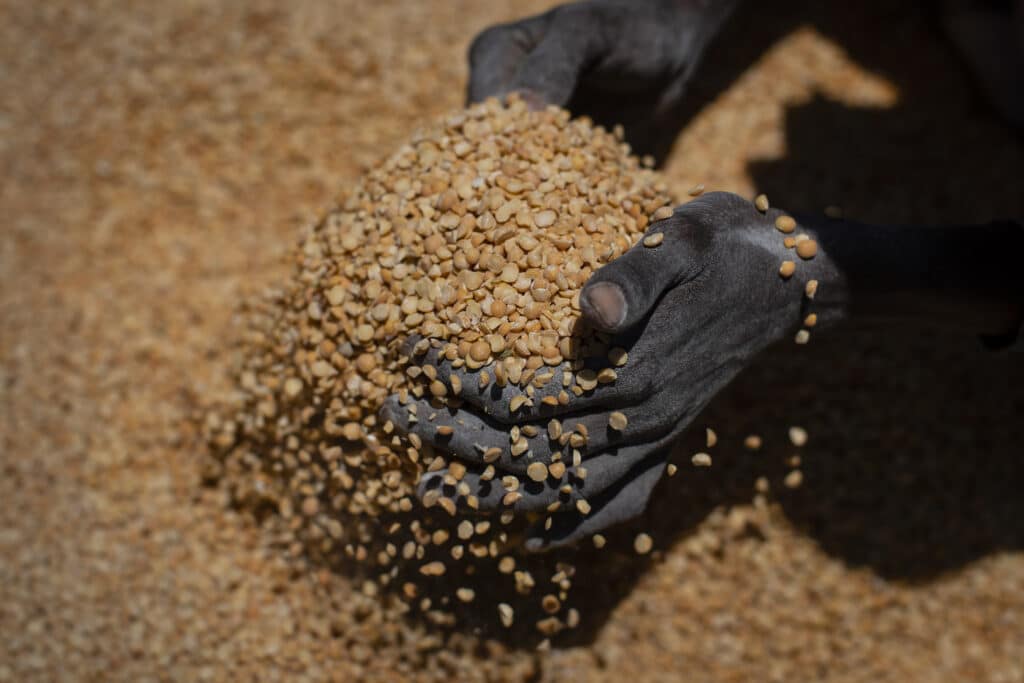
“Families are exhausting all means to feed themselves, with three-quarters of the population using extreme coping strategies to survive,” the WFP said in its report released Friday, noting increases in begging, and relying on just one meal a day. It called for all parties in Ethiopia’s war to agree to a humanitarian cease-fire and “formally agreed transport corridors” for aid after 15 months of war.
The U.N. said no aid convoy has entered the Tigray region of some 6 million people since mid-December. Separately, the U.N. humanitarian agency said less than 10% of the needed supplies, including medicines and fuel, have entered Tigray since mid-July. All international NGOs operating in Tigray have depleted their fuel, “with their staff delivering the little remaining humanitarian supplies and services on foot, where possible,” the agency said in its Friday update.
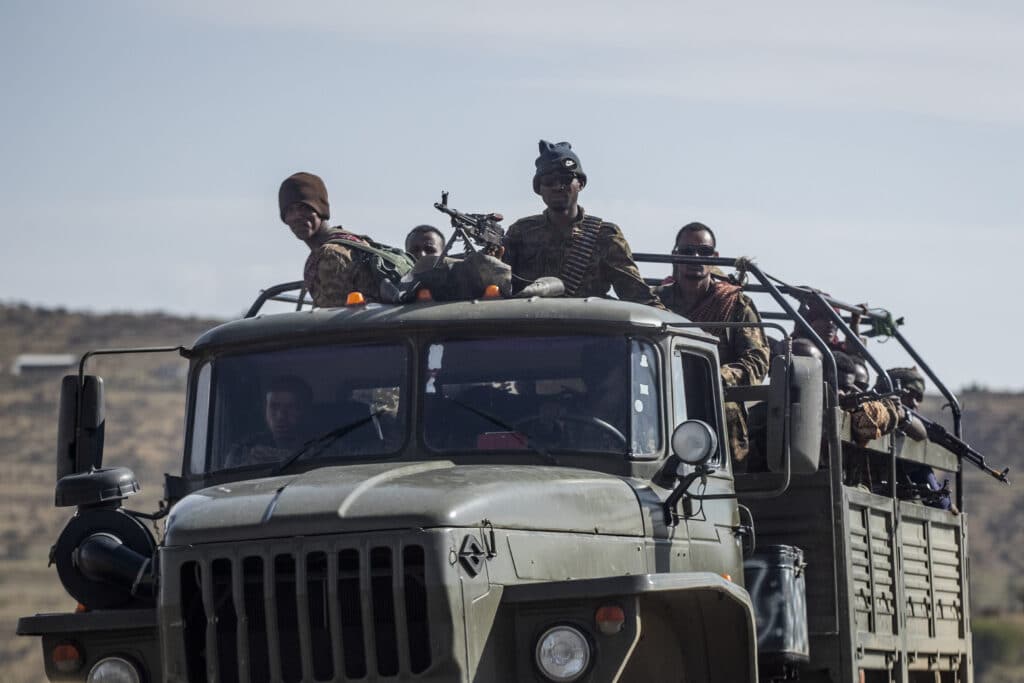
Ethiopia’s government has been wary of allowing aid to fall into the hands of the Tigray forces who once dominated the national government and have been battling the current government of Prime Minister Abiy Ahmed since November 2020. The government in part has blamed problems with aid delivery on insecurity it says is caused by Tigray forces, including new fighting in the neighboring Afar region near the only approved road corridor for aid.
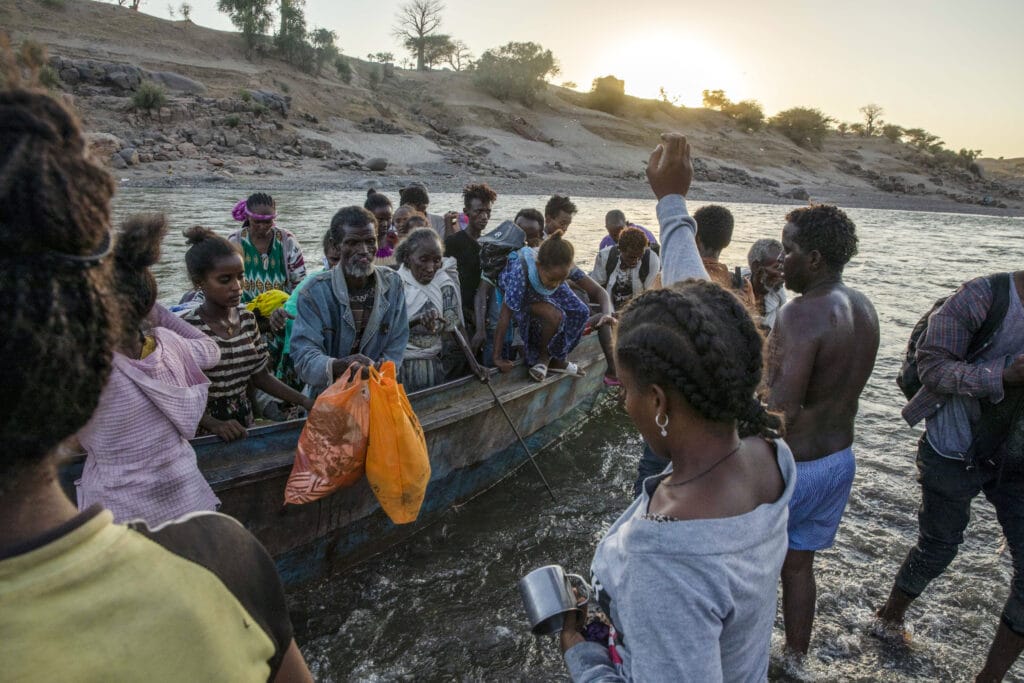
Aid workers, however, also blame bureaucratic obstacles including intrusive personal searches and confiscation of items including personal medications before visits to Tigray. The new WFP report, based on face-to-face interviews with more than 980 households across accessible parts of Tigray, cited “extraordinary operation challenges.”
The war has shifted in recent weeks, with the Tigray forces retreating into their region after attempting to advance on the capital, Addis Ababa, and Ethiopia’s military saying it would not pursue them further. That opened the way for fresh mediation efforts by the United States and the African Union, with humanitarian access a key goal.
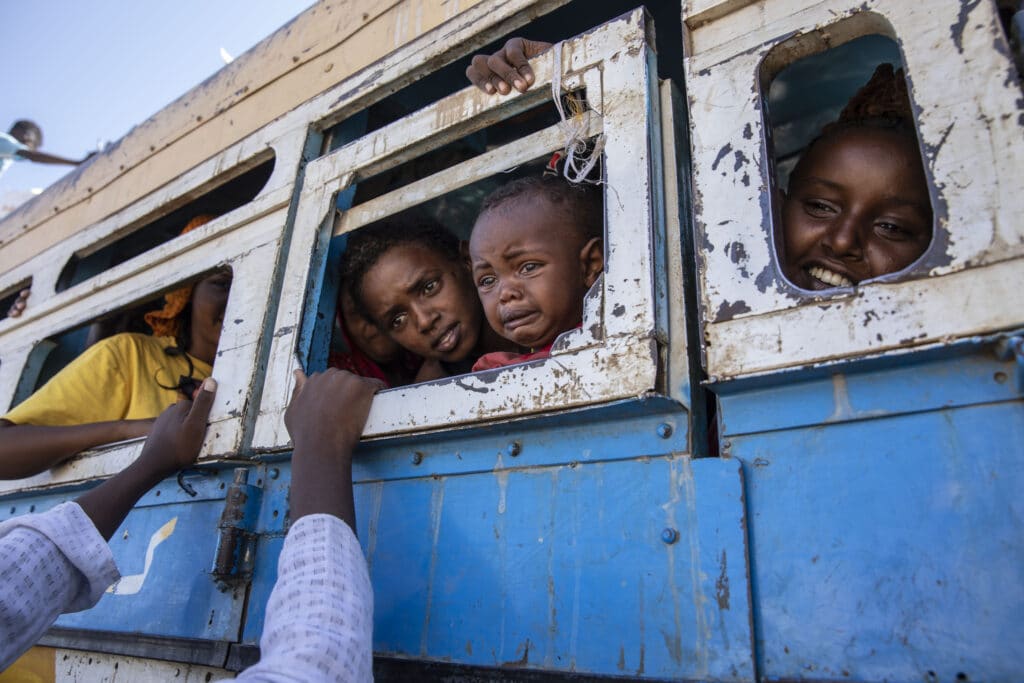
Aid has begun reaching people in the Amhara and Afar regions after Tigray forces’ incursions there displaced hundreds of thousands. But the new WFP report said that some 9 million people need food assistance across the three war-affected regions.
Ethiopia’s foreign ministry this week said it was working with aid partners to facilitate daily cargo flights to Tigray “to transport much-needed medicines and supplies.” It is not clear when the daily flights will begin, though the International Committee of the Red Cross on Wednesday announced that it had made its first delivery of medical supplies to Tigray since September, calling it “a huge relief.” A second flight followed on Thursday.
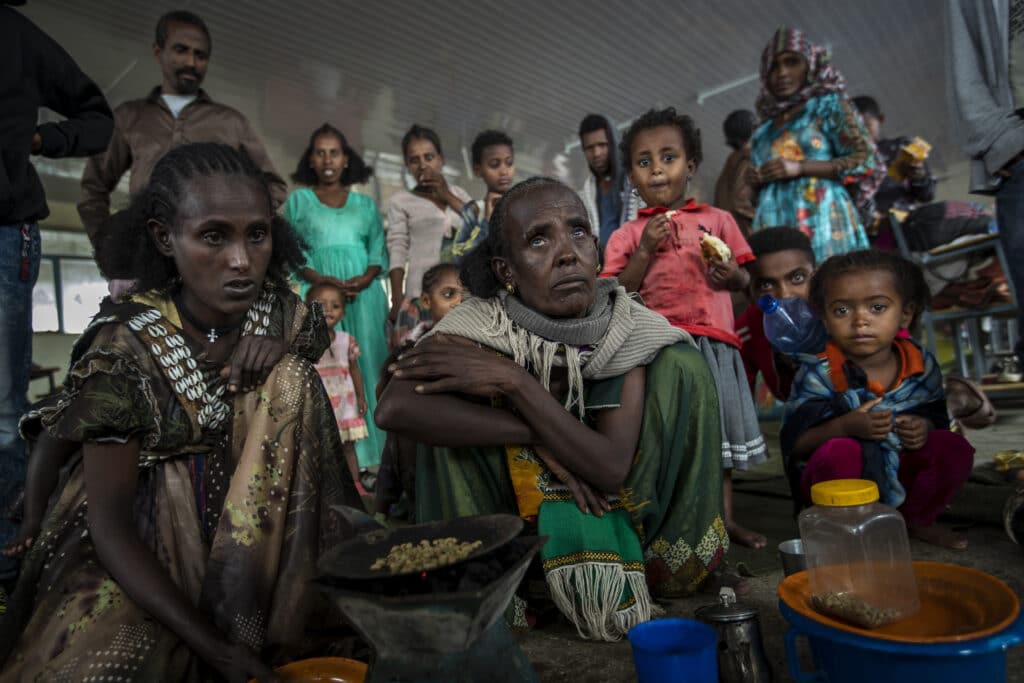
The U.N. has said time is running out. “Aid organizations have warned that operations could cease completely by the end of February in Tigray,” U.N. spokesman Stephane Dujarric told reporters on Thursday.
Tigray’s health bureau this week reported that nearly 1,500 people died of malnutrition in just part of the region over a four-month period last year, including more than 350 young children. It cited more than 5,000 blockade-related deaths in all from hunger and disease in the largest official death toll yet associated with the country’s war.
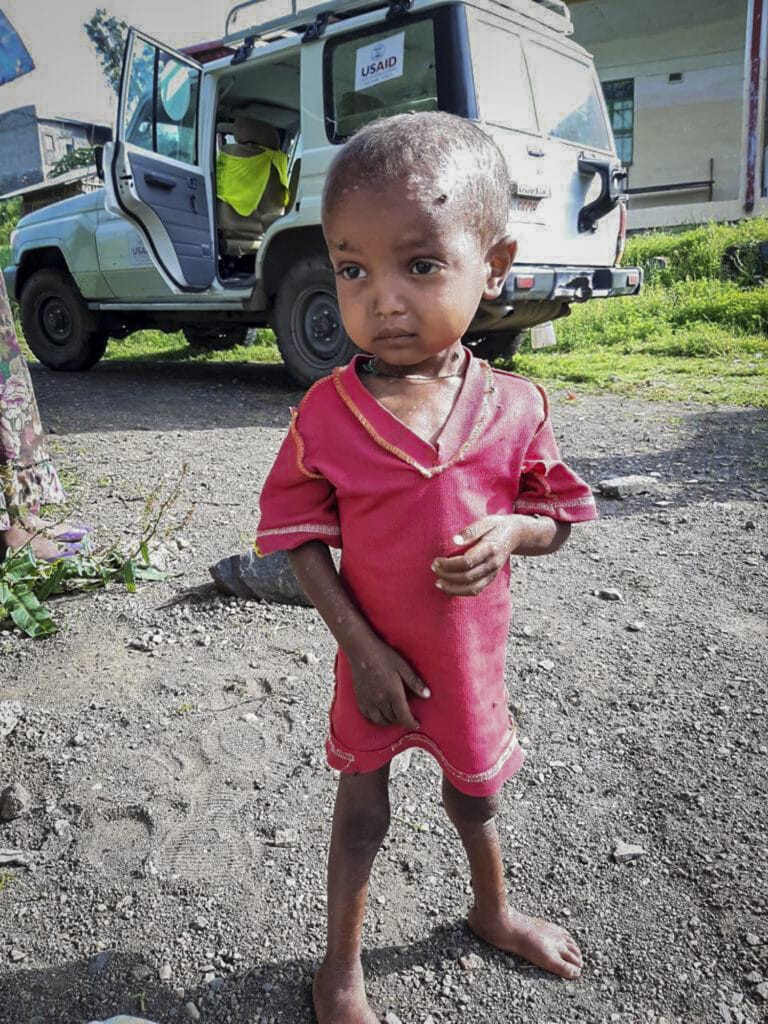
Ethiopia’s government has sought to restrict reporting on the war and detained some journalists under the state of emergency, including a video freelancer accredited to the AP, Amir Aman Kiyaro. The country’s Council of Ministers this week proposed ending the state of emergency now, citing the changing security situation. That needs lawmakers’ approval.
By CARA ANNA






